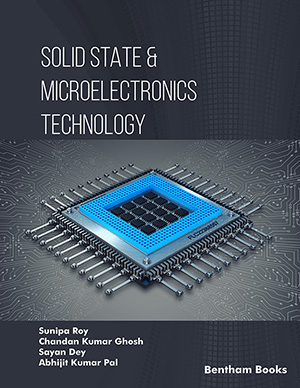Abstract
Background: With the recent COVID-19 pandemic, people have become increasingly concerned about their physical health. Therefore, the ability to monitor changes in the surrounding environment in real-time and automatically improve the environment has become a current hot topic to improve the overall health level.
Objective: This article describes the design of a high-performance intelligent home system that can simultaneously perform monitoring and automatic adjustment functions.
Methods: The ESP8266 was used as the core controller, and the DHT11 and G12-04 sensors were used to collect data, such as temperature, humidity, and ambient light intensity. The sampling frequency was increased and the sampled data were processed to improve data accuracy. The sampled data were wirelessly transmitted to a PC or mobile terminal for real-time display. When the sampled data underwent sudden changes, an alert message was sent via the mobile terminal. Based on the real-time changes in ambient light, an improved lighting brightness adjustment algorithm combining bang-bang and single neuron adaptive PID control was used to adjust the lighting brightness.
Results: After testing the system designed in this paper and analyzing the errors compared to standard values, the temperature measurement error ranged from 0% to 0.01107%, and the humidity measurement error ranged from 0% to 0.03797%. The improved algorithm was simulated and tested using MATLAB software and compared with traditional PID algorithms and single-neuron adaptive PID algorithms. The improved algorithm did not overshoot during adjustment, and the system reached a steady state much faster than traditional algorithms.
Conclusion: The system showed good performance in real-time, stability, and accuracy, fully demonstrating the effectiveness of the devices and algorithms used in the system. This provides ideas for the design and improvement of future smart homes.
Keywords: Esp8266, DHT11, IOT, bang-bang algorithm, single neuron adaptive PID algorithm, MATLAB software.












